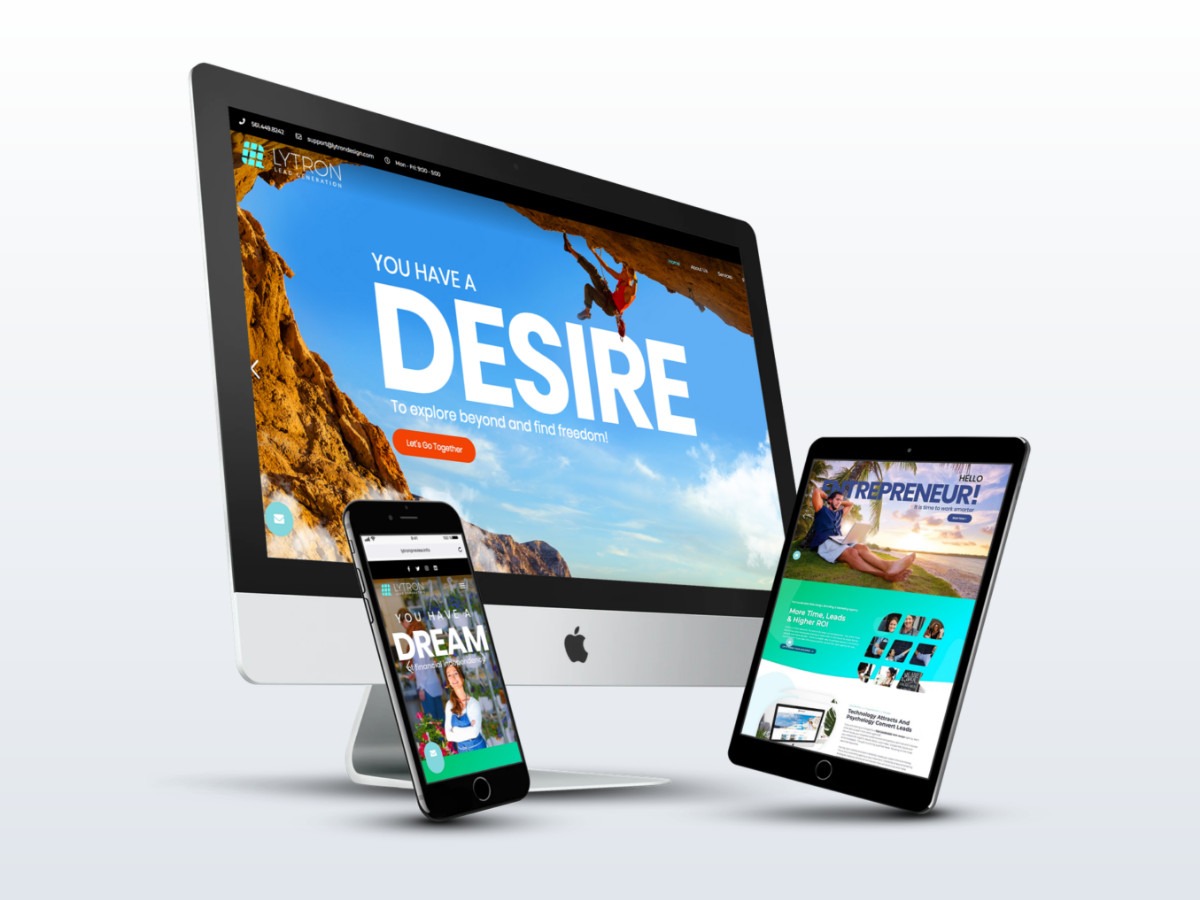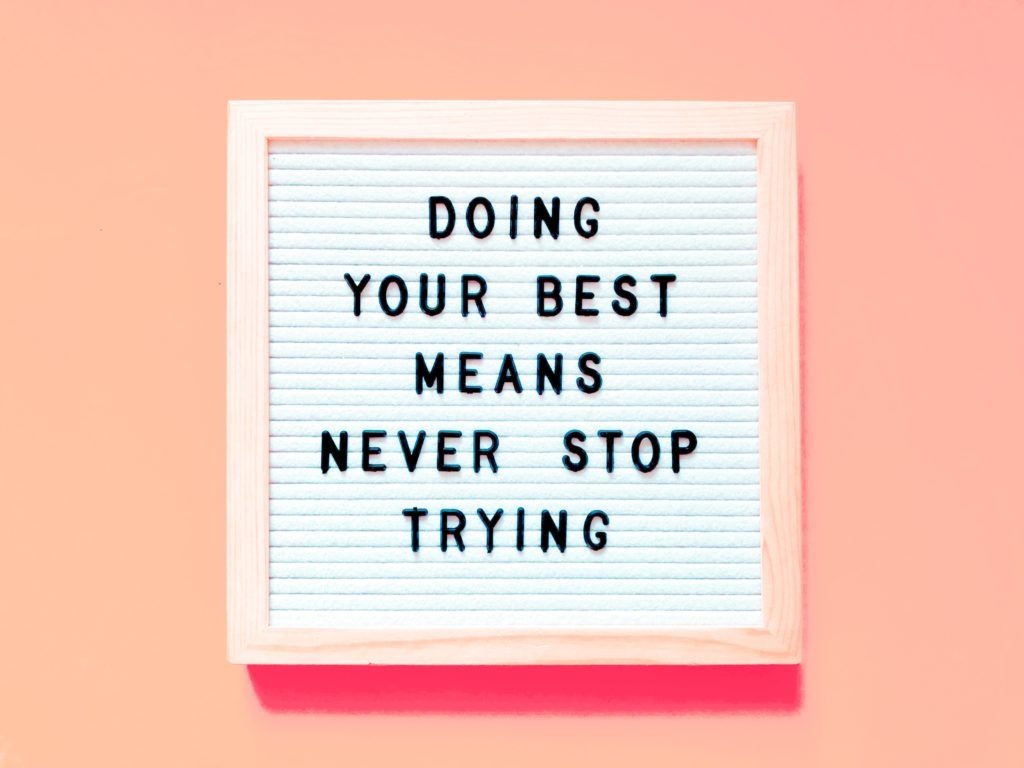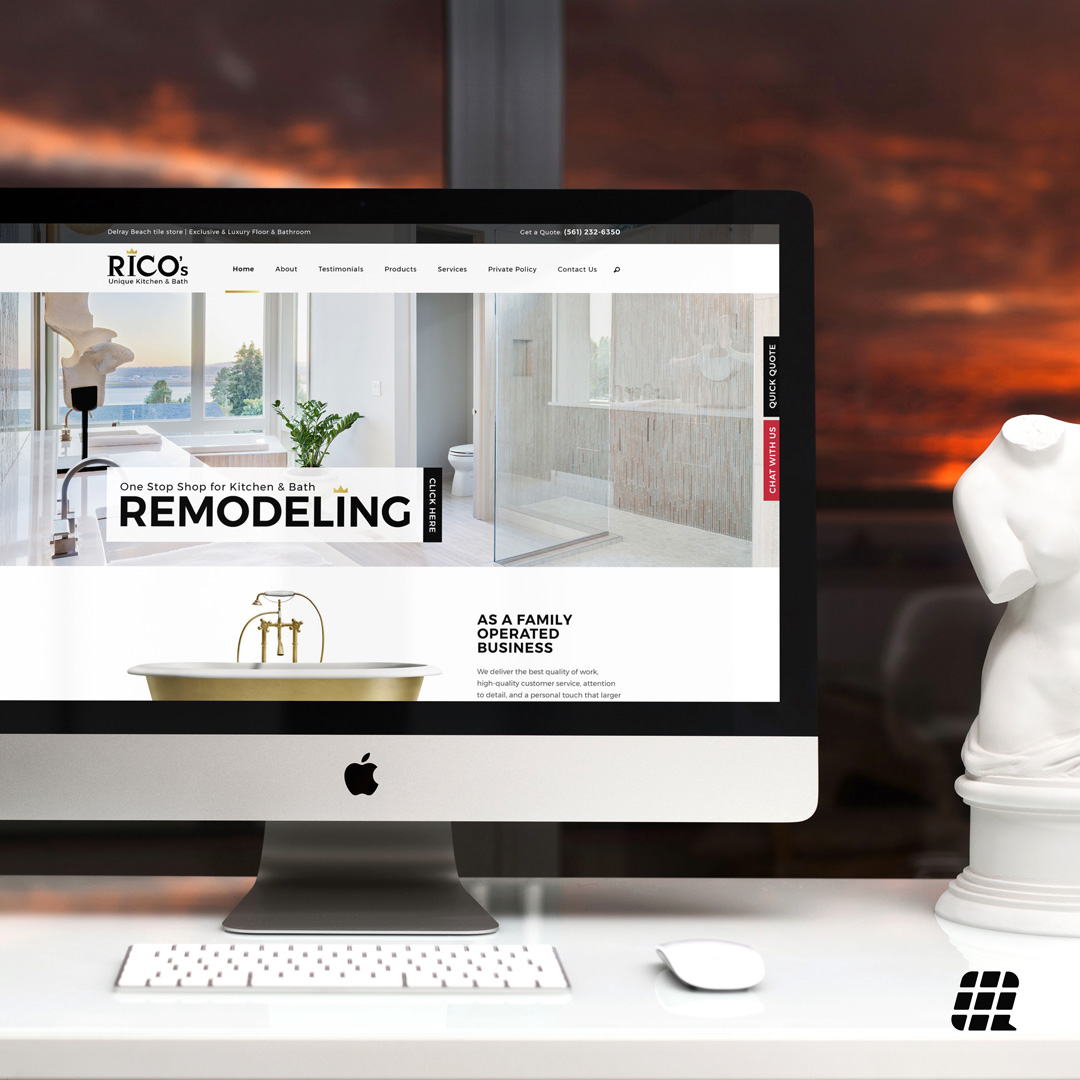Most people can put their clients in one of two categories: Good clients and bad clients.
You probably already know who your bad clients are.
They’re the ones who require a lot of hand holding, push back against your best ideas, and demand maximum time and attention while providing minimal revenue.
But your good clients?
They appreciate your expertise.
They act on your best ideas.
And they just seem to CLICK with you. Happy face emoji!
Working with good clients is 1,000% easier than working with bad ones. It’s more rewarding, more fun, and most importantly … more profitable!
So here are three actionable things you can do right now to find GREAT clients for your business.
Step 1 – Go Where Your Ideal Clients Are
The famous bank robber Willie Sutton was once asked by an interviewer, “Willie, why do you rob banks?”
He replied, “Because that’s where the money is.”
You may not be a bank robber (at least I hope not), but we all could learn a lesson from Willie Sutton’s somewhat sarcastic answer.
If you want to find great clients who align with your values and interests all you need to do is go where your own values and interests take you.
Sound simple? That’s because it is!
Let’s say you promote fitness products. If so, you probably already are into things like working out, eating right, and working on your personal satisfaction. That means you are comfortable in places like gyms, yoga studios, nutrition centers, and other places where you would naturally gravitate.
Guess what? So are other people who share your interests and values! So that’s where you should begin your search for the ideal clients!
To be crystal clear: The first step to finding good clients is to go places where good clients would naturally hang out. Duh!
These don’t have to be physical places, either. If you are an online marketer, you probably want to spend time hanging out on sites like Facebook, Pinterest, Instagram, Snapchat, and so on. (In fact, you probably already do … which is exactly the point!)
If you work with hand-made crafts, try Etsy. And local arts and crafts shows.
If you promote tech, you probably want to spend some time in high-end electronics stores. And in digital chatrooms devoted to new technology.
The point is this: Whatever type of products or services your business offers, you need to start showing up at places where people need/enjoy/are passionate about these types of things hang out.
You may have heard the famous quote: “99 percent of success is just showing up.” For business owners, it’s showing up at places where the likelihood of finding like-minded prospective clients or customers is highest.
Okay, so on to Step 2 …
Step 2 – Share Your Passion
Okay, being in PROXIMITY to people who share your interests isn’t enough. You also have to engage them. And the best way to do that is to share your passions … PASSIONATELY!
Obviously, you want to talk about your products and services, eventually. But first about your personal values …
What makes you happiest …
What makes you angriest …
What motivates you to get out of bed in the morning …
And most importantly what makes you stand up and cheer!
At this stage, you aren’t going to make genuine connections with people by playing is safe. You can’t be afraid of offending or turning off people who don’t share your values, interests, or passions.
You probably aren’t going to win those people over anyway. And if you do, they likely will be the kind of bad clients who are going to demand too much of your time and return little value to your business.
Instead, be honest. Be sincere. Be you. And the people who are drawn to you are going to be the ones most open to hearing about your business.
Step 3 – Prove Yourself
Okay, you’ve put yourself in proximity of people who share your interests. You’ve openly and proudly expressed your passions to get their attention.
What now?
The next step is to demonstrate your ability to solve an actual problem they are experiencing. You need to answer this question for them: How can the products or services your business offers provide an actual solution that will make their lives better?
Answer that successfully and you’ve not only got a new client … you’ve got a customer for life!
A few final points:
- Be as specific and immediate as possible. Avoid vague promises or long-term benefits.
- Use real-world examples to prove yourself.
- Focus on problem-solving, not benefits.
Okay, take a breath.
I get it.
I understand that finding great clients isn’t easy. If it were, everybody could do it and every business owner would be successful. But we both know that’s not the case.
There are winners and there are losers. And YOU are a winner!
You’re better than everybody else, aren’t you? That’s because you are willing to put in the work.
And the more work you put in finding great clients for life right now, the easier it will be later for your business to be successful.
Want to learn more? Lytron has plenty of ideas for making your business successful. Call us. Let’s talk!










